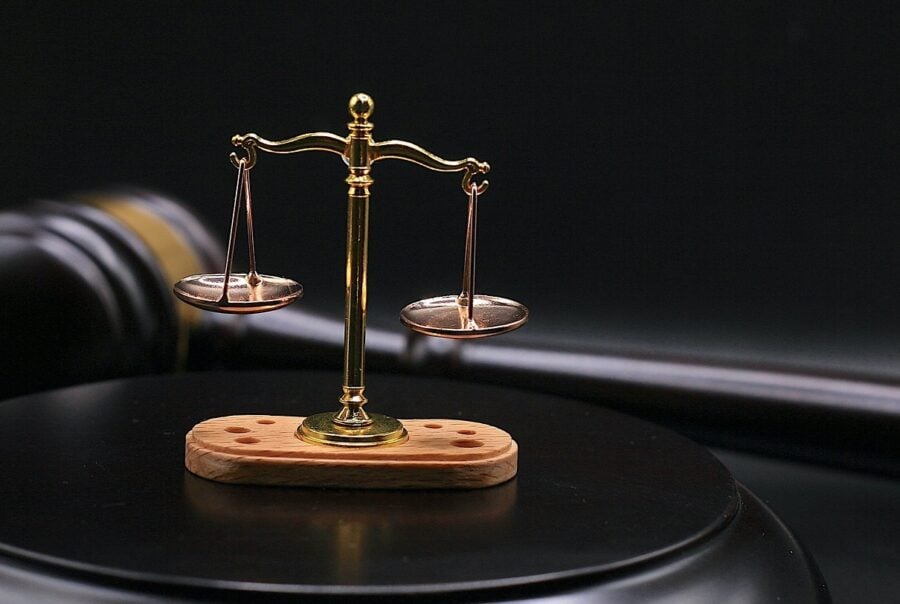While you might think that Social Security only includes retirement benefits, the program also protects those who are unable to work. In fact, the Social Security Administration (SSA) offers both Supplemental Security Income (SSI) and Social Security Disability Insurance (SSDI) for disabled, sick, and injured people.
In the United States, SSDI coverage is available to documented workers who have paid income taxes for 5 of the past 10 years. If you meet the legal criteria set forth by the SSA, you are entitled to SSDI benefits if you are injured or sick and can no longer work.
While it’s necessary to prove your work history and legal status to get SSDI benefits, you also prove that you have a qualifying medical condition. Luckily, the Spanish-speaking lawyers at Casa de la Justicia are experts in the SSDI application process.
Applying for Medical Conditions that Qualify for Disability
While worker’s comp insurance only helps if you were injured on the job, SSDI benefits give financial support for disabilities occurring both at work and at home. To get social security disability coverage, you must meet certain criteria set forth by the SSA.
According to the SSA website, “we pay monthly benefits to people who are unable to work for a year or more because of a disability. Benefits usually continue until you can work again on a regular basis.” Aside from legal status and work history, important criteria to remember for SSDI benefits include:
- Disabled and unable to work for 12 months
- Must not be currently employed
- Worked for 5 of the past 10 years
- Resident or documented worker
- Provide proof of current medical treatment
The SSA lists all qualifying conditions for SSDI coverage in their Blue Book. To get SSDI coverage, you must use proper medical documentation to prove that your ailment matches one listed in the book.
What Conditions Automatically Qualify for SSDI Coverage?
While you might assume that a life-threatening disease like cancer automatically qualifies you for social security disability coverage, this is not necessarily the case. No matter how serious your disability is, you will have to go through the SSA application process to receive benefits.
While no medical conditions automatically qualify for SSDI coverage, there are some ailments that are commonly approved. Common conditions as taken from the SSA Blue Book include:
- Blindness
- Cancer
- Deafness
- Epilepsy
- HIV/AIDS
- Spine injuries
- Parkinson’s disease
While lifelong disabilities and serious diseases are common ways that people get SSDI coverage, less tangible ailments also qualify. Importantly, certain mental disorders like anxiety and depression are sometimes considered medical conditions that qualify for disability.
What Medical Evidence Do I Need to Show for SSDI?
When you file for an SSDI claim, the SSA will request that you provide medical evidence for your impairment. Importantly, every SSDI claim must include evidence from a licensed medical professional – although you can support your claim with info from other sources like teachers and instructors.
For the easiest time filing an SSDI claim, the SSA recommends that you provide evidence from “treating sources.” The SSA website defines a treating source as a medical professional “who provides, or has provided, the claimant with medical treatment or evaluation and who has, or has had, an ongoing treatment relationship with the claimant.” The SSA prefers treating sources because “they can greatly reduce or eliminate the need for additional medical evidence to complete the claim.”
What if Your Medical Condition is Not on the List?
While the SSA Blue Book is an extensive list of conditions that commonly qualify for SSDI, there is always the chance your disability isn’t listed. With thousands of different physical and mental conditions recognized in the medical field, the Blue Book simply can’t account for everything.
In the event that your condition is not listed but you are too disabled to work, you need to prove to the SSA that you qualify. As the Disability Benefits Help website explains, “If your condition does not match a listing exactly, it will need to be determined if your impairment is similar enough to the severity of another listed impairment to be considered ‘equal.’
If you plan on proving a medical condition not listed in the SSA Blue Book, we strongly encourage you to work with an attorney.
File Your SSDI Claim with Casa de la Justicia
Even if your condition is listed with the SSA, filing an SSDI claim is a complicated process. In the end, working with a skilled attorney is the best way to prove your medical condition. Not only the attorneys at Casa de la Justicia speak Spanish, but we also know what documents to include with your application and more importantly help you get that information from your medical providers.
Our team at Casa de la Justicia can assist you in determining whether you are eligible for Social Security Disability benefits. Even if you have previously been denied, our attorneys may be able to assist you in qualifying.
Contact us today at 1-800-840-8080 to set up a free consultation in 10 minutes or less.




